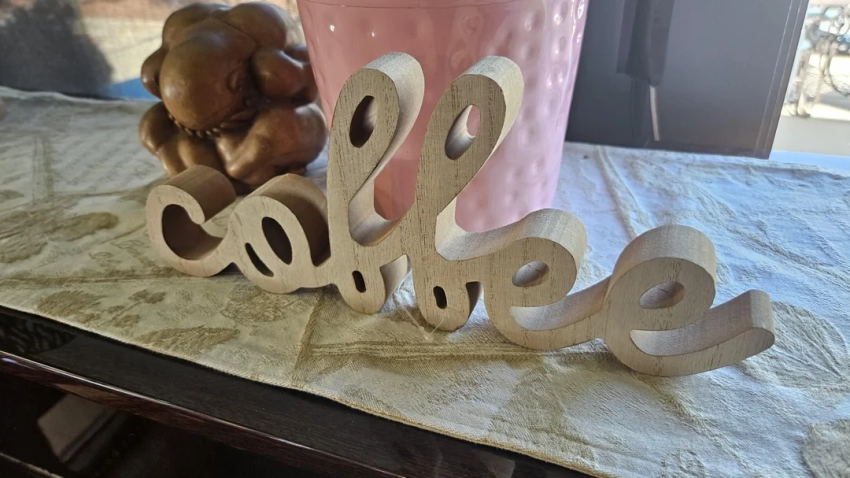
Band Saw vs Scroll Saw: Choosing the Right Tool for the Job
For woodworking enthusiasts, both band saws and scroll saws are valuable tools that can elevate your projects to the next level. However, deciding which one to use can be a challenge, especially for beginners. Here, we’ll delve into the key differences between band saws and scroll saws, helping you pick the perfect tool for your specific needs.
Cutting Capabilities: Straight Cuts vs. Curves
The most significant distinction between these saws lies in their cutting capabilities. Band saws excel at making straight cuts in various materials, including wood, metal, and even plastic. Their continuous blade design allows for resawing thick lumber into thinner pieces and ripping wide boards down to size. Additionally, band saws often feature adjustable blade guides that enable precise control over the cut’s width.
On the other hand, scroll saws specialize in intricate cuts and tight curves. Their thin, reciprocating blades navigate delicate shapes with ease, making them ideal for crafting intricate fretwork, jigsaw puzzles, and decorative elements. While some scroll saws can handle slight angles, their primary function lies in detailed, curved cuts.

Material Thickness: Big and Bold vs. Thin and Delicate
Another crucial factor to consider is the thickness of the material you plan to work with. Band saws are powerhouses, effortlessly tackling thick lumber and hardwoods. Their robust construction and powerful motors allow them to rip through even the most challenging materials.
In contrast, scroll saws are designed for thinner materials. Their delicate blades can become easily damaged when attempting to cut through very thick wood. Generally, scroll saws are best suited for wood less than two inches thick.

Size and Workspace: Footprint Matters
When considering space limitations, band saws tend to have a larger footprint compared to scroll saws. Their table size and overall structure require more dedicated workspace. However, some benchtop band saw models offer a more compact option for workshops with limited space.
Scroll saws, on the other hand, are generally more compact and portable. Their smaller size makes them ideal for tight work areas or hobbyists who need a versatile tool that can be easily stored.

Precision and Control: Fine Tuning vs. Brute Force
For projects demanding extreme precision and intricate details, scroll saws reign supreme. The ability to maneuver their thin blade allows for sharp turns and detailed cuts with minimal deviation. Additionally, many scroll saws offer features like variable speeds and adjustable blade tension, further enhancing control during intricate work.
Band saws prioritize efficiency and power over finesse. While they can achieve straight cuts with great accuracy, intricate details are not their forte. Their thicker blades can leave wider kerfs (the width of the material removed by the cut), requiring more sanding and finishing work later.
Cost Considerations: Finding the Right Fit
Generally, scroll saws are a more budget-friendly option compared to band saws. Their simpler design and smaller motors translate into a lower price point. However, within each category, the price can vary depending on features, brand, and quality.

Applications: What Can You Make?
Band Saw:
- Resawing thick lumber into thinner pieces
- Ripping wide boards down to size
- Cutting curves in thicker materials (with appropriate blade selection)
- Creating curved furniture components
Scroll Saw:
- Fretwork and decorative elements
- Jigsaw puzzles
- Intricate cutouts and shapes
- Dollhouses and miniature furniture
Cost and Maintenance Comparison
While the core functionality of band saws and scroll saws differs greatly, understanding their cost and maintenance needs is crucial for making an informed decision. Here’s a closer look at these factors:
Cost:
- Band Saws: Generally, band saws come with a higher initial price tag compared to scroll saws. Their robust build, powerful motors, and larger size contribute to this cost difference. Prices can vary significantly depending on features, brand reputation, and cutting capacity. High-end band saws with features like resaw capabilities and carbide-tipped blades will naturally cost more than basic benchtop models.
- Scroll Saws: Scroll saws are typically more budget-friendly. Their simpler design and smaller motors translate into a lower upfront cost. However, similar to band saws, variations exist within the category. High-end scroll saws with features like variable speeds, adjustable arm designs, and foot switches will cost more than basic models.
Maintenance:
- Band Saws: Band saw maintenance primarily involves keeping the blade sharp and properly tensioned. Replacing dull blades is essential for clean cuts and preventing blade breakage. Additionally, band saws benefit from regular cleaning to remove sawdust buildup and lubricating key components according to the manufacturer’s instructions. While these tasks are manageable, some band saws might require occasional adjustments to their tracking system, which could necessitate professional help.
- Scroll Saw: Scroll saws also require blade changes when they become dull or break. However, due to the thinner blades used, replacements tend to be less expensive compared to band saw blades. General maintenance for scroll saws involves keeping the table clean and lubricating essential parts as recommended by the manufacturer. Unlike band saws, scroll saws typically don’t require complex adjustments, making them easier to maintain for beginners.
Overall:
While band saws have a steeper upfront cost, their blades, though more expensive, tend to last longer due to the thicker material. Scroll saws, on the other hand, require more frequent blade replacements due to their thinness. In terms of maintenance, both saws require regular cleaning and lubrication, but band saws might involve occasional professional adjustments depending on the model’s complexity.
The Bottom Line:
The cost and maintenance needs of band saws and scroll saws should be factored into your decision alongside the projects you plan to tackle. If budget is a major concern, scroll saws might be a more economical choice. However, if you anticipate working with thicker materials or require a tool for resawing and ripping lumber, the higher initial cost of a band saw might be justified by its long-term value.

The Final Verdict: It’s All About the Project
Ultimately, the choice between a band saw and a scroll saw boils down to the specific project you have in mind.
Here’s a quick guide to help you decide:
- For straight cuts in thick materials and resawing lumber, choose a band saw.
- For intricate cuts, curves, and delicate details, choose a scroll saw.
- If space is a concern, consider the more compact size of a scroll saw.
- For budget-conscious buyers, a scroll saw might be a more affordable option.
Remember, some woodworkers even own both tools! Having a band saw and a scroll saw in your arsenal provides unmatched versatility for tackling a wide range of projects, from rough cuts to the finest details.




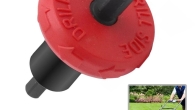
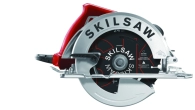
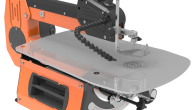
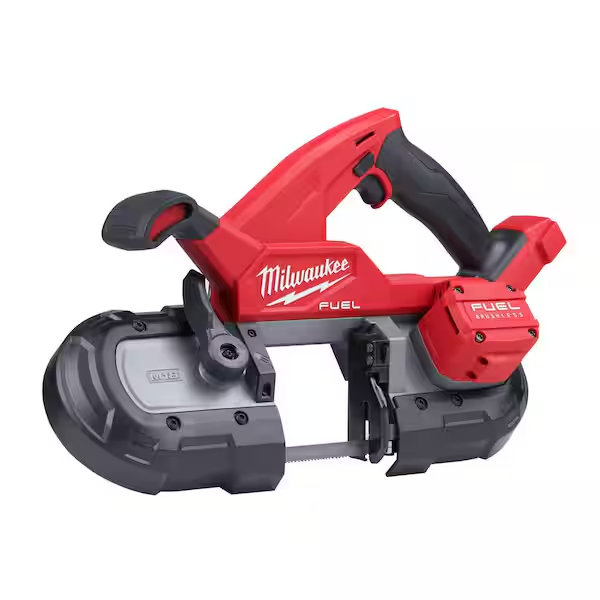
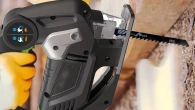



Leave a Reply